Exploring the Rise and Effectiveness of Teledermatology
The landscape of dermatological care is rapidly evolving with the advent of remote consultations, offering new avenues for diagnosis, treatment, and patient management. Teledermatology—leveraging telecommunication technologies—has become an integral part of modern skin care, providing accessible, efficient, and high-quality services. This article delves into how remote dermatology consultations work, their scope, benefits and limitations, and future technological advancements shaping the field.
How Remote Dermatology Consultations and Teledermatology Services Operate

How do remote dermatology consultations and teledermatology services work?
Remote dermatology consultations and teledermatology services have revolutionized the way skin conditions are diagnosed and managed by leveraging advanced telecommunications technology. These services eliminate the need for physical visits, making healthcare more accessible, especially for people in remote or underserved areas.
Teledermatology typically involves two main methods: synchronous and asynchronous consultations. Synchronous consultations are real-time interactions, often conducted via live video calls where patients discuss their concerns directly with dermatologists. This method allows for immediate communication, question-and-answer exchanges, and real-time visual assessments.
Asynchronous, or store-and-forward, teledermatology allows patients to upload images and relevant medical information to a secure platform. Dermatologists review these images at a later time to provide diagnoses, recommendations, and treatment plans. This flexibility supports better scheduling and can be more convenient for both patients and providers.
A crucial part of virtual dermatology involves patients sharing high-quality, high-resolution photographs of skin lesions or issues. These images can be captured with smartphones, tablets, or specialized imaging devices such as dermoscopes. High-resolution images help dermatologists make more accurate assessments, especially when evaluating skin cancers or complex conditions.
Many teledermatology platforms are designed with specific features to enhance safety, privacy, and efficiency. This includes secure, encrypted data transfer in compliance with privacy laws like GDPR and HIPAA, to protect sensitive patient information during transmission and storage.
Some systems also incorporate artificial intelligence tools and reflectance confocal microscopy to further improve diagnostic accuracy. These technological advancements support dermatologists in assessing suspicious lesions and facilitate early intervention.
Overall, these services are not only convenient but also maintain high standards of care, helping streamline diagnosis, facilitate ongoing management, and potentially reduce healthcare costs. By offering both live consultations and image-based evaluations, teledermatology enhances the reach of dermatological services while upholding safety, privacy, and quality.
When to Choose Telemedicine Versus In-Person Dermatology Appointments

When should a patient opt for telemedicine versus an in-person dermatology appointment?
Teledermatology has become a practical option for many dermatological needs, especially when dealing with straightforward skin conditions, routine follow-ups, or in scenarios where physical examinations are not urgent. Patients with common issues such as acne, eczema, psoriasis, or routine skin checks often find virtual consultations to be efficient and satisfactory, with diagnostic agreement rates between 73% and 80%. These appointments can be conducted via live video calls or by uploading high-quality images for review, enabling quick access to specialist advice without the need to travel.
This approach offers notable advantages: it reduces waiting times, cuts costs associated with in-person visits, and expands access, particularly for those residing in remote or underserved areas. The convenience of scheduling these appointments within a few days, sometimes as quickly as within 3 days, makes teledermatology an attractive early-stage option.
However, the suitability of telemedicine varies based on clinical complexity. For urgent or ambiguous cases, especially where suspicious moles, severe infections, or lesions requiring biopsy or physical procedures are concerned, in-person visits are necessary. The in-person assessment allows for thorough physical examination, dermoscopy, or surgical intervention, which cannot be reliably performed remotely.
In summary, while teledermatology is a valuable, patient-friendly, and effective tool for many routine skin conditions and follow-ups, it has limitations in managing urgent or complex cases. Patients should consider their specific condition’s nature, the urgency of care, and the need for physical procedures when choosing between virtual and in-person consultations.
This balanced approach ensures safe and effective dermatological care, maximizing the benefits of telemedicine while recognizing when traditional face-to-face care is indispensable.
| Scenario | Suitable Method | Explanation | Additional Notes |
|---|---|---|---|
| Routine skin check or mild conditions | Telemedicine | Quick, accessible, cost-effective, high satisfaction | Ideal for conditions like acne, eczema, psoriasis, routine follow-ups |
| Suspicious mole or lesion requiring biopsy | In-person | Allows physical examination and procedures | Ensures accurate diagnosis and safe management |
| Urgent skin infections or severe reactions | In-person | Immediate assessment and treatment | Necessary for proper diagnosis and intervention |
| Need for surgical procedures | In-person | Physical procedures cannot be done remotely | Includes mole removal, biopsies, or other in-office treatments |
| Chronic condition management | Both options possible | Depends on stability and severity | Virtual follow-ups can be effective for ongoing care |
This guidance helps patients and healthcare providers make informed decisions, ensuring the right level of care for each individual case.
Conditions Commonly Managed Through Remote Consultations
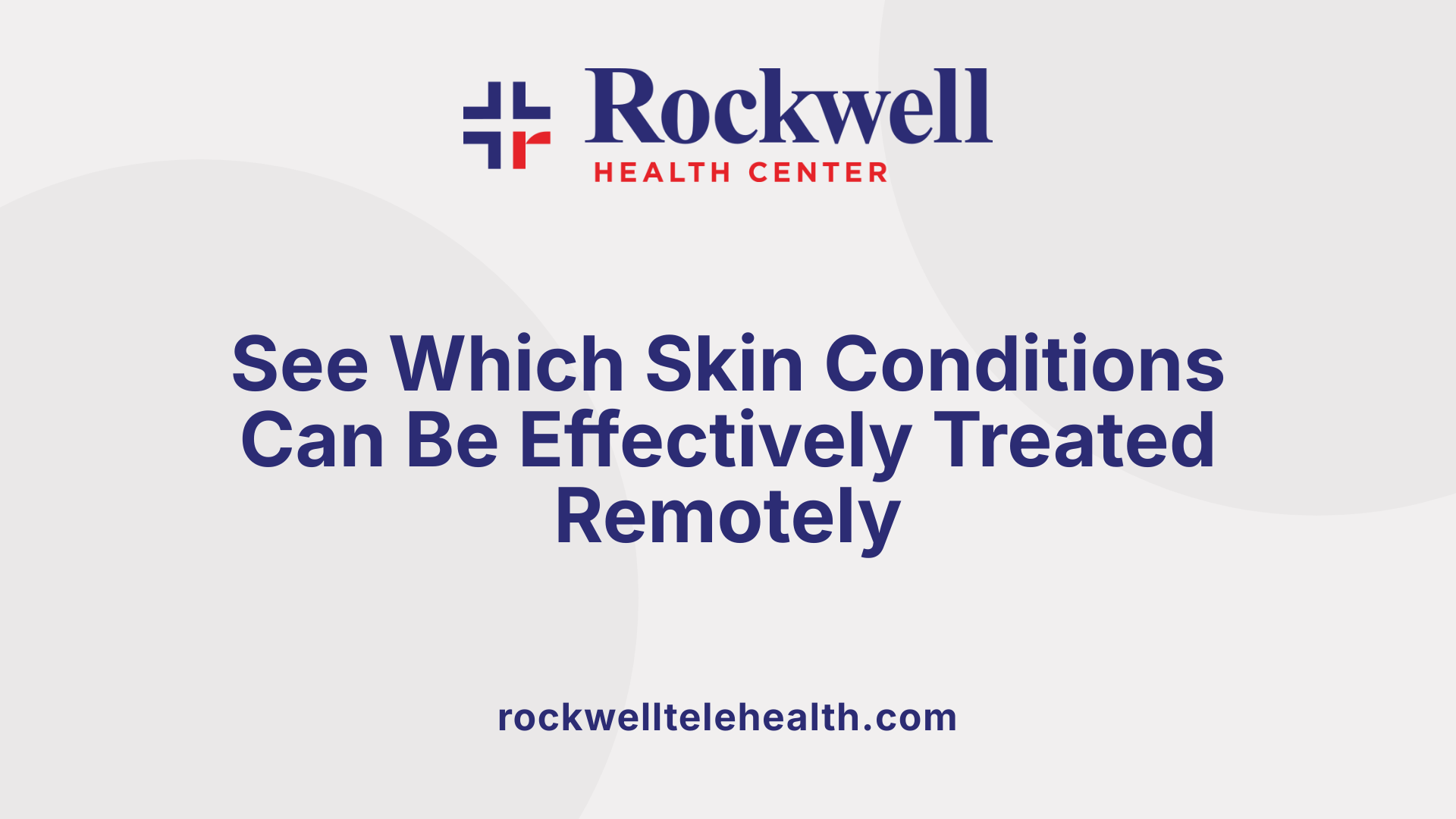
What skin conditions can be treated through remote consultations?
Many dermatological issues are well-suited for management via teledermatology, making virtual consultations a practical alternative to in-person visits. Conditions such as acne, eczema, and psoriasis are among the most commonly treated skin ailments through digital platforms. These chronic conditions benefit from regular virtual follow-ups where dermatologists can monitor progress, adjust treatments, and provide ongoing advice.
In addition to these, teledermatology is effective for diagnosing and managing a variety of other skin concerns, including hives, rashes, contact dermatitis, and various dermatoses. Viral infections like cold sores, shingles, molluscum contagiosum, and genital herpes are often diagnosed through high-resolution images shared during virtual visits. Fungal infections such as athlete’s foot, ringworm, and nail fungus are also manageable remotely through visual assessment.
Skin cancers, especially pigmented lesions, can be initially assessed using teledermoscopy, mole mapping, and high-quality images. While teledermatology helps in early detection, suspicious or malignant lesions may require in-person examination for biopsy or surgical removal.
In terms of hair and nail issues, conditions like hair loss or nail fungal infections can also be evaluated remotely. Patients upload images, and in some cases, dermatologists prescribe medication or treatment plans based on these assessments.
Overall, a wide array of dermatological conditions can be effectively managed through virtual consultations. This approach offers convenience and quick access, particularly beneficial for routine check-ups or ongoing management of chronic conditions. However, severe cases, suspicious lesions, or urgent needs still require in-person evaluation to ensure accurate diagnosis and safe treatment.
| Condition Type | Conditions Treated | Additional Notes |
|---|---|---|
| Common skin ailments | Acne, eczema, psoriasis, rashes, dermatitis | Usually well-managed through images and virtual advice |
| Viral skin infections | Cold sores, shingles, molluscum | Diagnosis mainly via images; some may need in-person assessment |
| Fungal infections | Ringworm, athlete’s foot, nail fungi | Often diagnosed visually; treatment plans can be prescribed remotely |
| Skin cancers and precancerous lesions | Pigmented moles, actinic keratosis | Initial assessment possible; suspicious lesions require biopsy |
| Hair and nail conditions | Hair loss, nail fungus | Evaluation through uploaded images, follow-up virtual visits |
Teledermatology continues to evolve with technology, integrating tools like AI to assist identification of suspicious lesions. Despite its versatility, it remains a complementary tool to in-person visits, especially for complex or urgent skin issues. Nonetheless, its ability to provide effective management of numerous dermatological conditions highlights its importance in modern skin care.
Benefits and Limitations of Virtual Dermatology Services
What are the benefits and limitations of virtual dermatology services?
Virtual dermatology services have become a significant part of modern skin care, especially given the rapid technological advancements and the need for accessible healthcare options. These services offer numerous advantages that enhance patient care and elevate healthcare efficiency.
One of the primary benefits is increased accessibility. Patients living in rural or underserved areas can connect with dermatologists without the need to travel long distances. Virtual consultations facilitate early detection of skin conditions, including skin cancers, by enabling prompt specialist review and diagnosis. This rapid access can be lifesaving, especially in cases where time is critical.
Convenience is another notable benefit. Patients can schedule appointments that fit their routines, often reducing waiting times and eliminating travel and parking hassles. Virtual consultations are also useful for ongoing management of chronic skin conditions such as eczema, psoriasis, or acne, allowing for regular follow-ups and medication adjustments remotely.
Teledermatology employs different formats like live video chats and store-and-forward methods, where images are uploaded for later review. These modalities help streamline workflows and improve patient engagement. Moreover, teledermatology can reduce healthcare costs by minimizing unnecessary referrals, outpatient visits, and procedures, making it a cost-effective solution for both patients and providers.
Despite these benefits, virtual dermatology services have limitations. Diagnostic accuracy can be challenging, particularly for complicated or systemic conditions requiring physical examination or tactile assessment. High-quality images and proper lighting are essential for accurate diagnosis, but technical issues such as poor image quality or limited internet bandwidth can compromise the process.
Another challenge is the inability to perform physical procedures or biopsies virtually. Conditions like suspicious moles needing excision or biopsy require in-person examinations to ensure safety and effectiveness. Additionally, there are concerns about data security, privacy, and legal considerations surrounding patient information when transmitted electronically.
In summary, while virtual dermatology services serve as a valuable complement to traditional care, addressing technological, clinical, and infrastructural challenges is crucial. Proper protocols, secure platforms, and patient education are necessary to optimize the quality and reliability of remote dermatological care.
| Aspect | Advantages | Limitations | Additional Notes |
|---|---|---|---|
| Accessibility | Reaches remote areas, reduces travel | Difficulties with poor internet connectivity | Essential during pandemics or epidemics |
| Convenience | Flexible scheduling, reduces wait times | Cannot replace physical exams | Benefits for routine and follow-up care |
| Cost | Lower expenses, reduces referrals | Potential technology costs | Cost-effective in the long-term |
| Diagnostic Accuracy | Useful with dermoscopic images, rapid sharing | Challenges in complex cases | AI advancements aim to improve accuracy |
| Safety & Privacy | HIPAA-compliant platforms | Data security concerns | Vital for patient trust |
Overall, virtual dermatology is an effective, safe, and increasingly popular tool, but it must be integrated thoughtfully into broader healthcare strategies to overcome its inherent limitations.
Access and Utilization of Remote Dermatology Services
How can patients access and utilize remote dermatology consultations?
Patients seeking virtual dermatology care can do so easily through multiple platforms that connect them with qualified dermatologists. Several healthcare providers, including Lumos Dermatology® and Mount Sinai, offer online appointment booking systems. Additionally, services like Eagle Telemedicine facilitate such consultations, making it accessible to a broad population.
To access these services, patients typically begin by scheduling an appointment through a user-friendly online portal. These portals allow both new and existing patients to select suitable time slots with dermatologists experienced in virtual care.
Once an appointment is booked, patients are asked to upload relevant images of their skin concerns. High-resolution photos, taken in good lighting and without makeup, help dermatologists to assess conditions such as eczema, psoriasis, acne, or skin rashes. Along with images, patients often provide medical history details and complete consent forms, ensuring a comprehensive evaluation.
The consultations themselves are conducted via secure, encrypted platforms that comply with HIPAA regulations. These platforms support live video or audio calls, enabling real-time communication between the patient and dermatologist.
During the virtual visit, the dermatologist reviews the uploaded images and medical information, performs a virtual physical examination, and assesses symptoms. In some instances, they might prescribe medications or recommend treatments based on the virtual assessment.
For urgent or complex cases that require physical intervention—such as biopsies or surgical procedures—patients are advised to visit in person. However, remote consultations effectively manage many common skin conditions like minor infections, rashes, and chronic conditions requiring continuous monitoring.
Most teledermatology platforms also provide options for follow-up appointments, allowing ongoing management without the need for physical visits.
In summary, patients can access virtual dermatology services by booking online, sharing images and medical history securely, and participating in consultations conducted through protected digital platforms. This approach offers convenience, timely care, and expanded access, especially for those in remote or underserved areas.
Technological Advancements Shaping Teledermatology

What technological advancements are improving teledermatology services?
Recent developments in technology have dramatically enhanced the capabilities of teledermatology, making remote diagnosis more accurate and reliable. One of the most notable improvements is the widespread use of smartphones equipped with high-resolution cameras. These devices enable patients to capture detailed images of skin lesions and conditions, which can be easily uploaded for review.
In addition to smartphones, advanced imaging devices like reflectance confocal microscopy and optical coherence tomography have been incorporated into teledermatology tools. These devices provide high-quality, magnified images of the skin, helping dermatologists make more precise diagnoses remotely.
The adoption of real-time video conferencing platforms allows for live interactions between patients and dermatologists. This synchronous format bridges the gap of physical examination, providing a more thorough evaluation compared to static image sharing. Secure telehealth platforms are also in place to ensure patient data remains confidential while enabling seamless consultations.
Artificial intelligence (AI) has become a game-changer in virtual dermatology. Deep learning algorithms assist in analyzing images, flagging suspicious lesions, and supporting early skin cancer detection. AI-powered chatbots based on GPT technology can triage patient concerns, direct urgent cases, and help streamline clinic workflows.
Data security and integration with electronic health records (EHR) are crucial for effective teledermatology services. Advanced encryption protocols protect sensitive patient information during transmission and storage. Integration with EHR systems allows for easier sharing of images, diagnoses, prescriptions, and follow-up notes, promoting coordinated care.
Together, these technological innovations are transforming teledermatology from basic photo sharing into a sophisticated, comprehensive diagnostic platform. They improve diagnostic accuracy, expand access to expert care, and enhance overall patient outcomes.
| Technology Type | Functionality | Impact on Teledermatology |
|---|---|---|
| High-res smartphones | Capture detailed images | Better quality images for diagnosis |
| Confocal microscopy & OCT | High-resolution skin imaging | Increased diagnostic precision |
| Live video platforms | Synchronous consultations | More interactive remote exams |
| AI & machine learning | Image analysis & decision support | Accelerated diagnostics, early detection |
| Secure data platforms | Privacy and data security | Protects patient information |
| EHR integration | Sharing patient data | Streamlined workflows and coordinated care |
Search Terms: Innovations in teledermatology technology, high-resolution imaging devices, AI in dermatology, telehealth data security, digital skin diagnostics.
The Future of Teledermatology: Innovations and Challenges
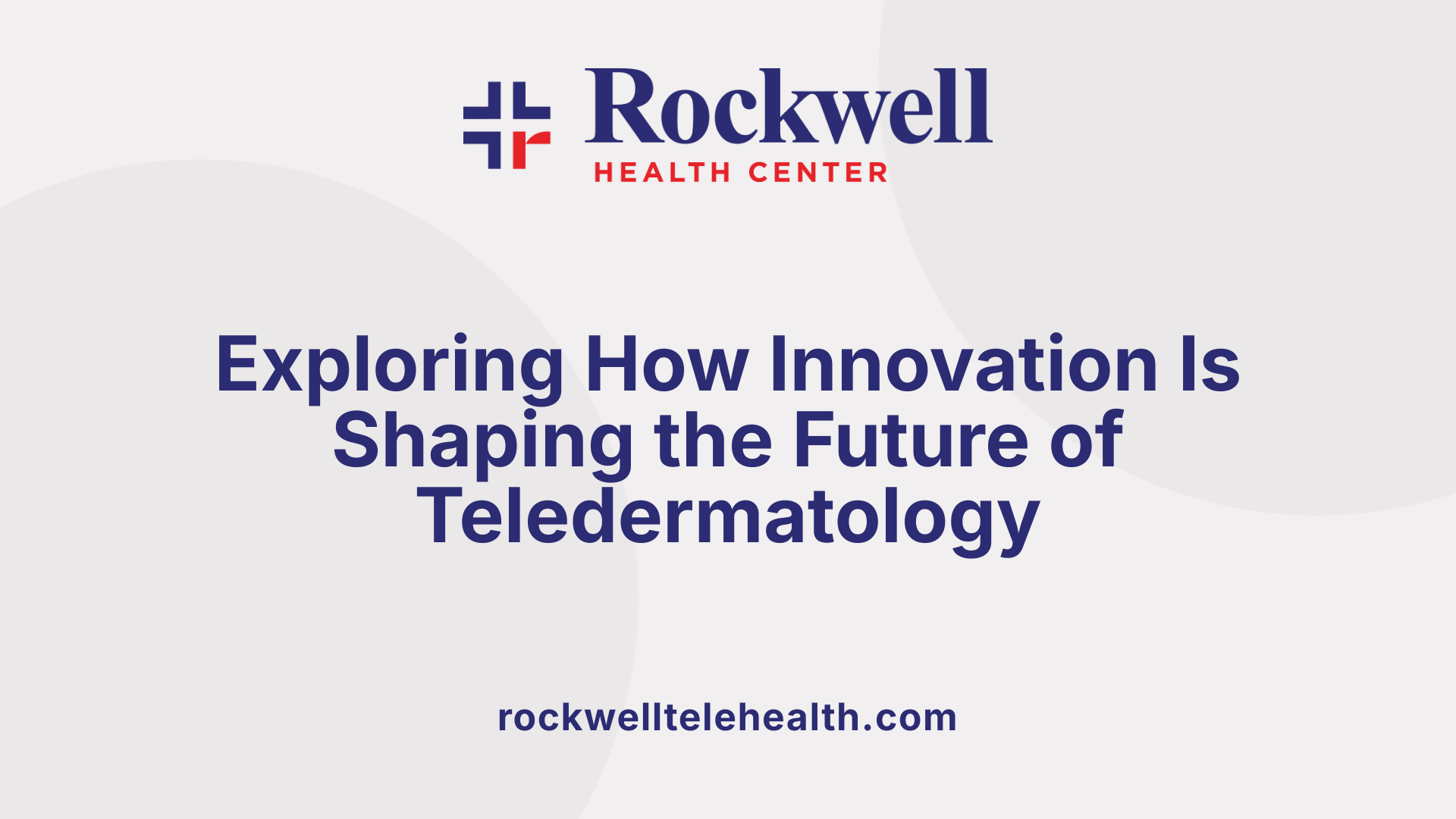
How effective and reliable is telemedicine for dermatology care?
Teledermatology has demonstrated promising effectiveness in diagnosing and managing skin conditions, making it a valuable tool that complements traditional in-person care. Multiple studies indicate that diagnostic accuracy for teledermatology approaches that of face-to-face consultations, especially when dermoscopic images are used. Overall, the diagnostic concordance rate—meaning how often the remote diagnosis matches an in-person diagnosis—averages around 76%. Certain conditions, such as hemangiomas and rashes, have near-perfect agreement between remote and in-person assessments.
Furthermore, management decisions based on teledermatology tend to align with in-person care, with a concordance rate around 74%. This suggests that teledermatology is quite reliable for many common skin issues like acne, eczema, psoriasis, and routine skin checks.
One of the significant benefits is that teledermatology effectively extends access to specialized care. It caters especially well to underserved populations, including those in rural or remote areas, by reducing wait times and travel needs. This increased accessibility can lead to earlier diagnoses and timely treatment, enhancing overall health outcomes.
However, certain limitations remain. Complex cases requiring biopsies, physical procedures, or detailed physical examinations still necessitate in-person visits to ensure accuracy and safety. Technical issues such as poor image quality, connectivity problems, and limitations in assessing tactile or localized skin changes can also affect the reliability of virtual assessments.
Despite these hurdles, ongoing technological advancements and evolving clinical practices continue to improve the effectiveness of teledermatology. Efforts are underway to refine diagnostic algorithms, incorporate artificial intelligence, and develop high-resolution imaging that can further bridge the reliability gap.
In summary, teledermatology is an effective tool for many dermatologic conditions, particularly chronic and routine issues, providing comparable outcomes to traditional care in many scenarios. Its reliability is gradually improving as technology advances, although certain cases warrant in-person evaluation to ensure optimal care.
Emerging AI tools and imaging technologies
The integration of artificial intelligence (AI) with teledermatology is poised to revolutionize skin care. AI algorithms can analyze high-resolution images uploaded during virtual consultations, identify suspicious lesions, and flag potentially malignant conditions such as melanoma with high sensitivity.
These AI tools can serve as an assistive technology, helping dermatologists prioritize cases that need urgent attention and reduce diagnostic errors. Reflectance confocal microscopy and other advanced imaging modalities are also being incorporated into teledermatology platforms to improve image clarity and diagnostic specificity.
Technological progress in high-definition cameras, smartphone capabilities, and portable dermoscopy devices is making it easier for patients to capture detailed images, which enhances diagnostic accuracy. As AI learning models evolve with larger datasets, they will become even more precise, supporting dermatologists in clinical decision-making.
Potential for wider adoption and integration
The future of teledermatology looks promising in terms of wider adoption. Governments, healthcare organizations, and private sectors recognize its benefits, leading to increased integration into health systems. Teledermatology is increasingly used in triaging patients, prioritizing urgent cases like potential skin cancers, and managing chronic skin conditions.
This integration is facilitated by secure, encrypted telehealth platforms that adhere to privacy regulations like GDPR and HIPAA. As digital literacy grows and internet access improves worldwide, teledermatology can extend to broader populations, including pediatric and geriatric patients.
Moreover, seamless integration with electronic health records (EHR) allows for comprehensive patient management, enabling dermatologists to track progress over time and coordinate care across providers.
Addressing current limitations and barriers
Despite the optimism, several challenges need to be addressed for broader adoption. Reimbursement policies are still evolving in many regions, making it difficult for providers to sustain teledermatology services financially.
Legal and regulatory issues, including cross-border licensing and liability concerns, pose additional hurdles. Ensuring data privacy and security also remains paramount, requiring robust platforms and encryption standards.
Technical limitations, such as inconsistent image quality, internet access disparities, and patients’ familiarity with technology, can hinder the effectiveness of virtual care.
Addressing these barriers will require concerted efforts, including standardizing clinical protocols, advocating for favorable reimbursement policies, investing in infrastructure, and educating both providers and patients about telemedicine best practices.
In conclusion, while teledermatology has already made significant strides in improving access and efficiency of skin care, ongoing innovations and policy adaptations are crucial to overcoming current limitations. The integration of advanced imaging, AI-assisted diagnostics, and comprehensive digital health systems promise a future where teledermatology becomes an even more reliable, widespread, and comprehensive service—transforming dermatologic care worldwide.
Balancing Innovation and Caution in Virtual Skin Care
As teledermatology continues to evolve, technological advances promise enhanced diagnostic accuracy and broader accessibility. While benefits like improved patient access, efficiency, and early disease detection are clear, limitations such as diagnostic challenges and technological hurdles necessitate careful implementation. Ultimately, remote skin care should complement traditional in-person services, especially for routine cases, while complex or high-risk conditions still benefit from face-to-face consultation. With continued innovation and prudent clinical judgment, teledermatology has the potential to transform dermatological care, making it more inclusive, timely, and effective.
References
- Diagnostic Reliability of In-Person Versus Remote ...
- a review of telemedicine's role in skin cancer care
- Can I Get Dermatology Services Through a Virtual Consultation?
- Teledermatology: Tackling Skin Issues with Dermo Direct
- What is virtual dermatology? And how does it work?
- The Rise of Teledermatology: Virtual Skin Care Explained
- Dermatology and Telehealth: Skin Concerns That Can Be ...
- Telemedicine in Dermatology: When to Use It vs. In-Person ...
- How a virtual skin care appointment can save your skin



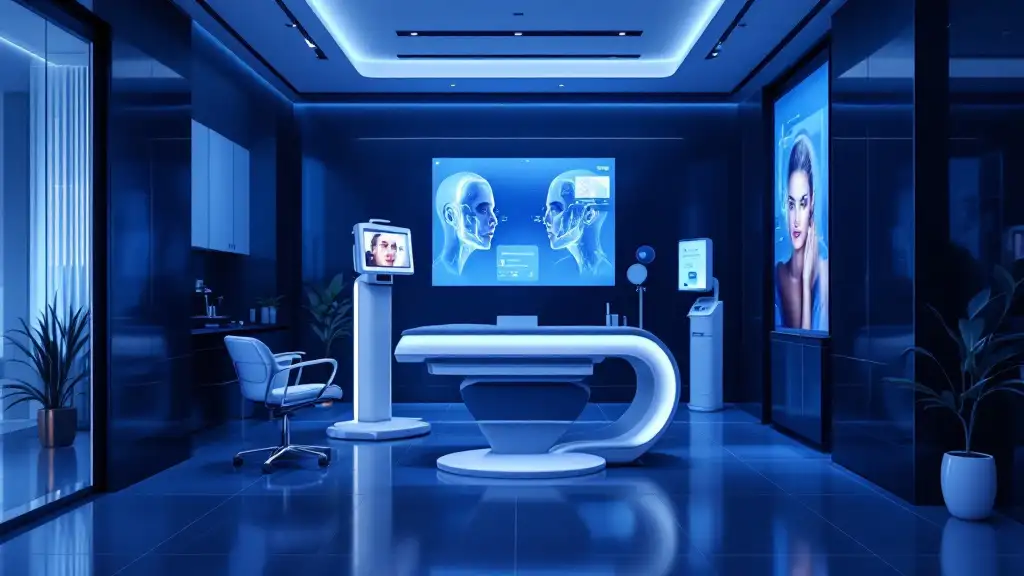
















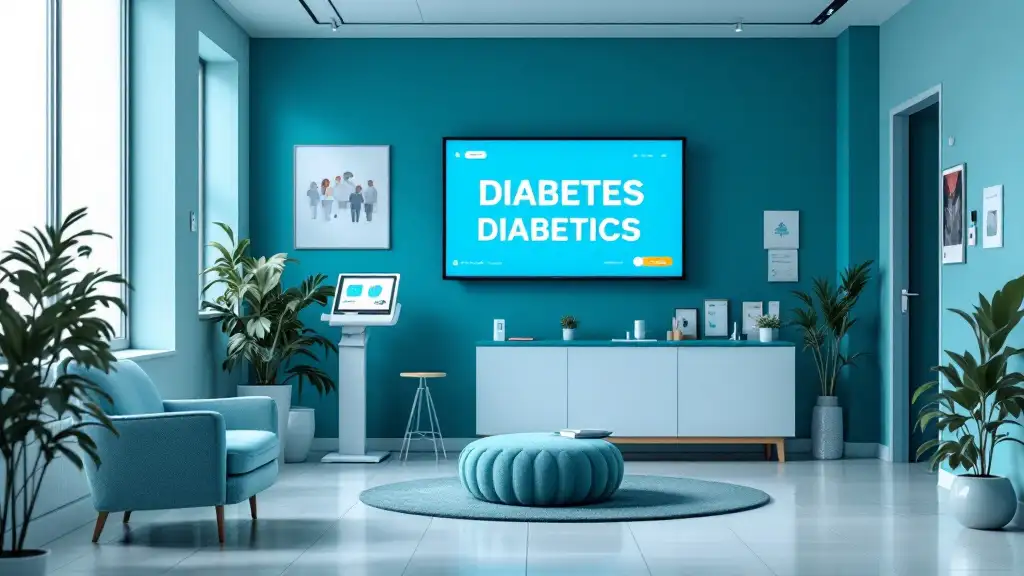
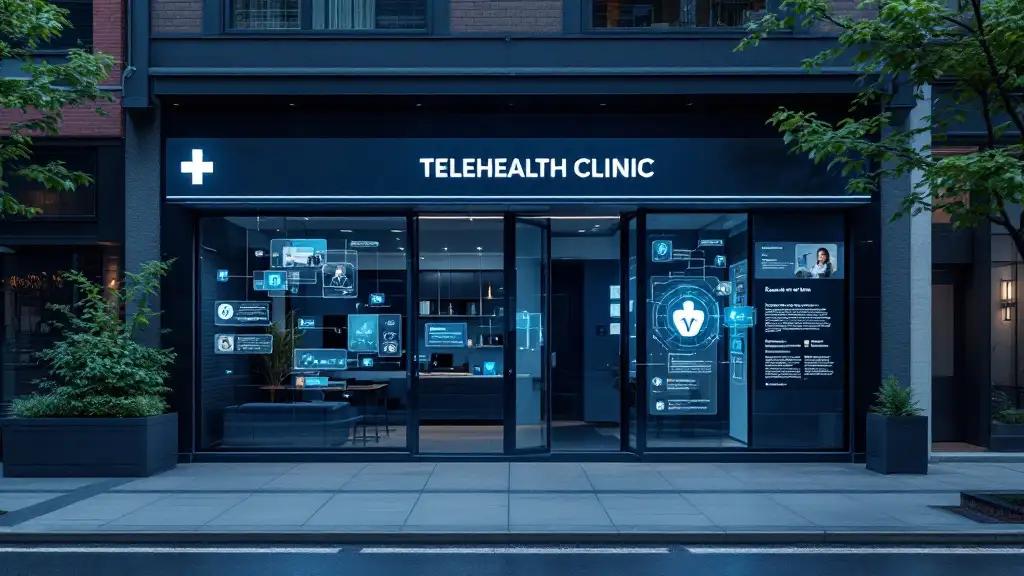

























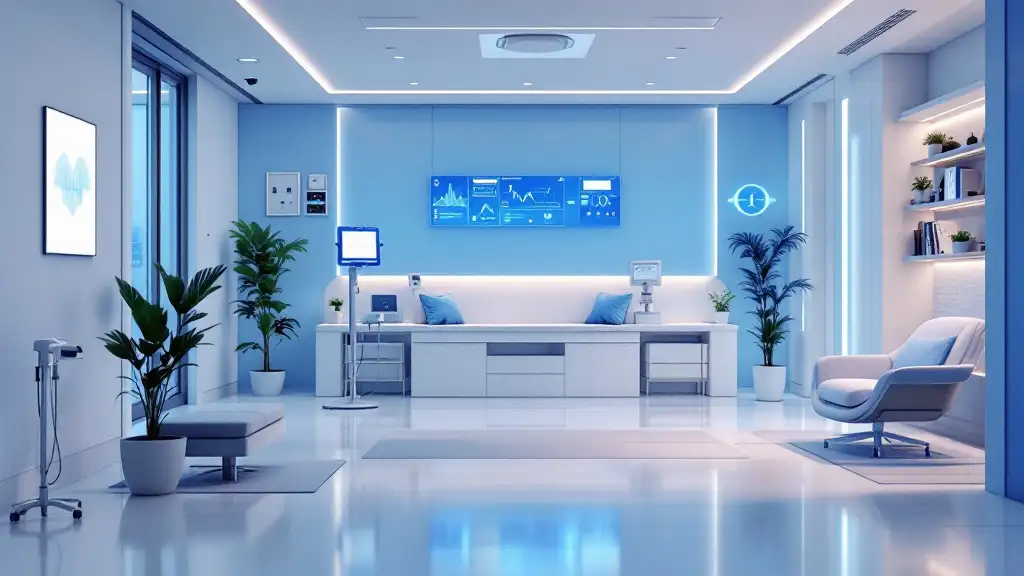





















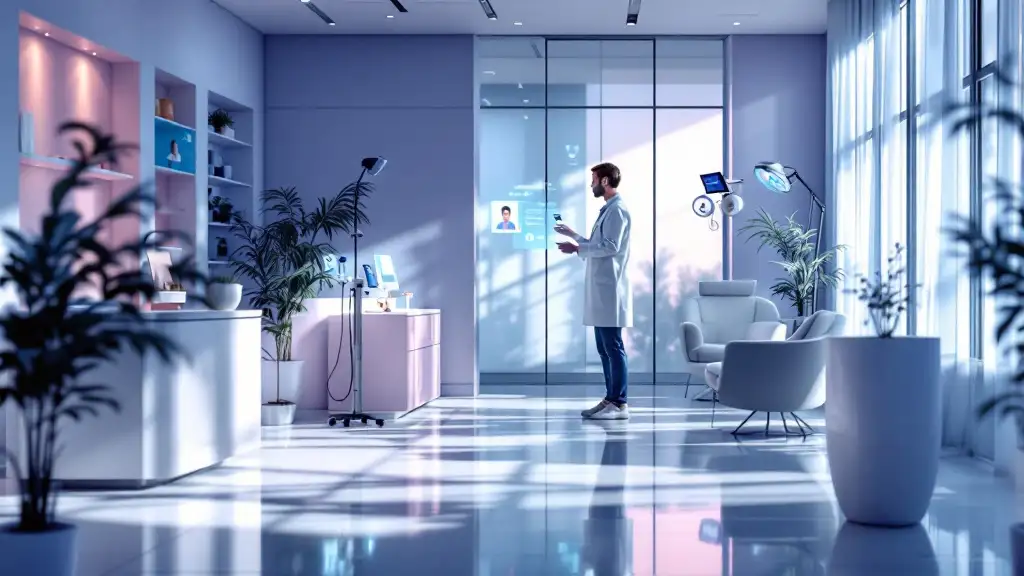


















.png)